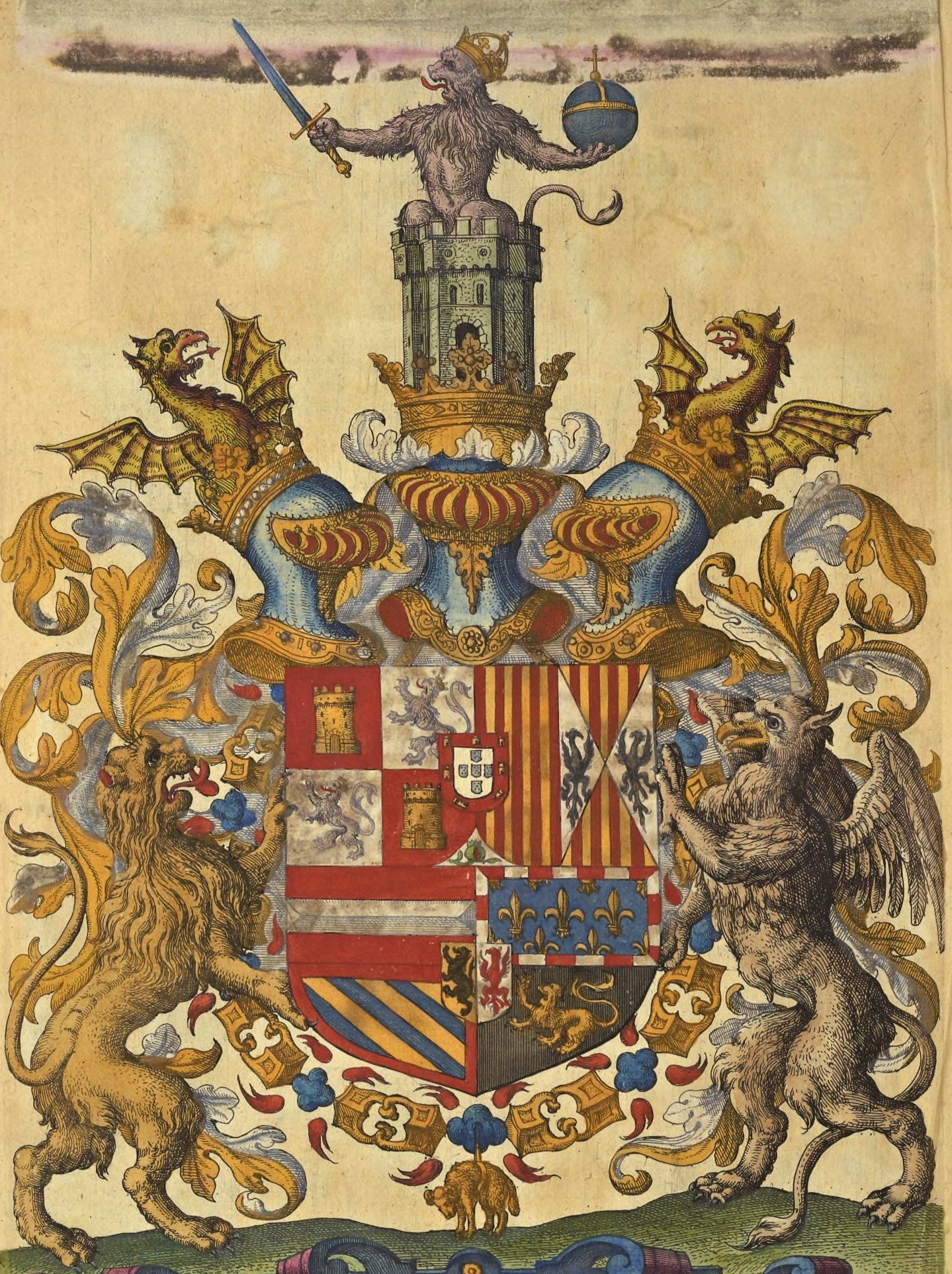The Order of the Golden Fleece dates to the early decades of the 15th century with the marriage of Philip the Good, Duke of Burgundy, to Isabella of Portugal in 1430. It was Philip’s third marriage and he was in need of an heir, and along with her impeccable royal pedigree and personal accomplishments, Isabella had an immutable connection to England through her mother, Philippa of Lancaster – an alliance Philip sought to boost. On the Continent, the consolidated domains of the new couple now ran from Flanders to Switzerland, and in addition to celebrating the marriage, Philip needed to strengthen his links with the nobility and reinforce his power.
A tale of two Orders | Part I
Two magnificent gem-set Orders of the Golden Fleece from two distinguished European royal and noble families have inspired us to explore the history of the Order; in Part II we find out more about the two knights, appointed to the Order in the late 18th and the early 19th centuries, and these spectacular jewels.

The Order was founded ‘for the reverence of God and the maintenance of our Christian Faith, and to honour and exalt the noble order of knighthood…’, furthermore, ‘…those knights and gentlemen who shall see worn the order…should honour those who wear it, and be encouraged to employ themselves in noble deeds.’

The privileges granted to the Knights were profound: the sovereign of the Order had to consult with the Order before going to war; all disputes between the knights were to be settled by the Order and knights could be charged by other knights for rebellion, heresy and treason. When held in custody, an accused knight would reside with fellow knights, rather than being held in a prison. At each Chapter the deeds of the knights were examined and punishments would be dealt out to offenders, the sovereign himself was not exempt from this review.

The Order was conceived in an ecclesiastical spirit, and Chapters included masses and obsequies, as well as secular matters. When in church, the knights sat in the choir stalls, as would the clergy. At the time of the Order’s founding the Burgundian court was a significant cultural force in Europe, and through its festivals, ceremonies and rituals the Order was regarded as the model of a princely organisation grounded in the ideals of Christian chivalry.

The death of the childless monarch, Charles the Bold in 1477, effectively extinguished the House of Burgundy, and the sovereignty of the Order passed to the House of Habsburg. Emperor Maximilian was the first Habsburg sovereign, he married Mary of Burgundy in Ghent in August 1477 and in April 1478 he was knighted in Bruges, soon after he was appointed sovereign. Over 220 years later, the culmination of the protracted War of the Spanish Succession saw a Bourbon, Philip V, confirmed as King of Spain. The Habsburgs through the Holy Roman Emperor, Charles VI, could assert regal control over the Netherlands, formerly at the heart of the Burgundian kingdom – hence, both Houses could feasibly claim sovereignty of the Order. Given the lack of a workable solution the Order was split into two branches: the Spanish order and the Austrian order.

The Kings of Spain are sovereigns of the Spanish order, and since 2014 the current King, Felipe VI, has been at the head of the Spanish branch. The sovereign of the Austrian branch is the Head of the House of Habsburg, and since 2011 the role has been fulfilled by Archduke Karl of Habsburg. The decorative Orders which have caught our attention were owned by knights from each branch of the Order.

The Order consists of three separate components: a surmount, a flame element (the stylised rendering of a flint stone producing sparks) and the suspended Fleece. The Fleece by itself is worn suspended from an Order chain featuring alternating fire stones and fire strikers, and this regalia is seen on Philip the Good’s coat of arms.

The Fleece directly references and reminds the knight of the mythological courage and exploits of Jason, whose story dates from the era of Homer, the 8th century BC, in various guises. Under the order of King Pelias, Jason, the rightful claimant to the throne of Iolcus, in Thessaly, is ordered to retrieve the fleece of the golden-woolled winged ram, Chrysommallos, which the throne usurper, King Aeëtes has hidden in a secret grove. With the assistance of Medea, Aeëtes’ daughter, Jason successfully completes a number of fantastical tasks set by Aeëtes, and the fleece is swiped from its poisoned dragon guardian.
The choice of the fleece by the Order was seen by some as controversial, whereas its pagan context could logically be aligned with the Order’s chivalric and Christian ideals, some contemporaries felt that Jason’s feats were not entirely wholesome and that he had committed perjury in order to secure the fleece.
